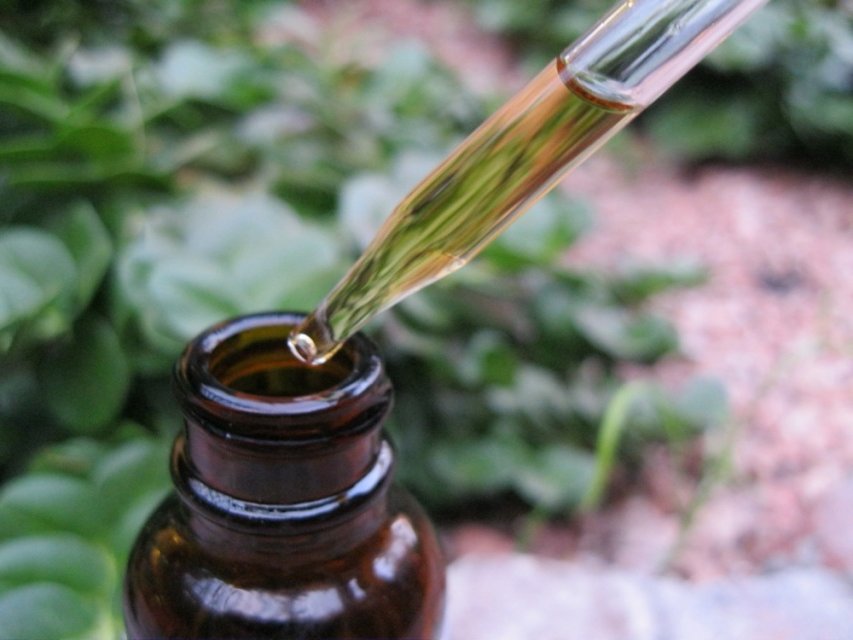How to Make Healing Tinctures
How to make tinctures which are healing agents that you may have heard of or seen in herbology shops, health food stores, and in herbal medicine books. These liquids are generally very potent and can contain one herb or a combination of different herbs and plants used to combat specific issues. For example, you may see a tincture for migraines or a tincture for insomnia and even panic attacks.
Tinctures are usually taken as a few drops on the tongue or mixed with water and taken orally. If you have been considering making tinctures from plants found in and around your area, especially those found in abundance, here are the basic steps you will need to follow.
Start With a Suitable Base
Tinctures must be stored for several weeks to several months in a cool, dry, and dark place. This means that you need a carrier base that can help extract the medicinal properties of the herb or plant without breaking down the plant over time and without harming or reducing the properties of that plant or herb. For this reason, you will see many tinctures that use cane alcohol in one form or another. For homemade tinctures,
one of the most ideal bases to use is 100 proof vodka. Keep in mind, you want top shelf for your tinctures. Cheaper vodka can break down the plants and herbs since it may be mixed with cheaper solutions or go through a different process than other purer forms of vodka. One handle of vodka, or large bottle, can make over two dozen tinctures.
Assembling the Tinctures
Once you have the base ready, it is time to start assembling the tinctures. You will need to have larger bottles for this part of the process. In most cases, the easiest thing to use and store your tinctures in while they cure are mason jars. Traditional sized jars with secure lids are the best option. Take your herb or plant and separate them into the different mason jars. Do not bruise the plant. You can simply place it into the jar and let the alcohol and process do their jobs. Once you have placed the herb or plant into the mason jars, pour over the vodka. Cover the herbs with the vodka completely and secure the lid. Each mason jar will yield at least a dozen tinctures, so keep that in mind.
Final Steps and Bottling
Once the tinctures have been created, you will need to store them in a cool, dry, and dark place. Most people tend to store them in a climate controlled storage area on their property or in the back of a closet in the home. For safety purposes, in case the alcohol begins to ferment with certain herbs and flowers, you may want to place the jars into a lockable foot locker. This will give you a cool, dry, and safe place to store the tinctures. Wait for at least two months before removing the tinctures, checking on them at least once a week during that time. For higher potency, wait up to four to six months. Remove the jars and strain the liquid. Place the strained liquid into small bottles with droppers. The bottles should be brown or dark blue in color as light will degrade the tinctures.
You can store the completed tinctures in your kitchen cabinet or in a medicine cabinet that is located in a cool dry place. Tinctures should be dosed out at two to four drops at a time as their potency can be very high.
